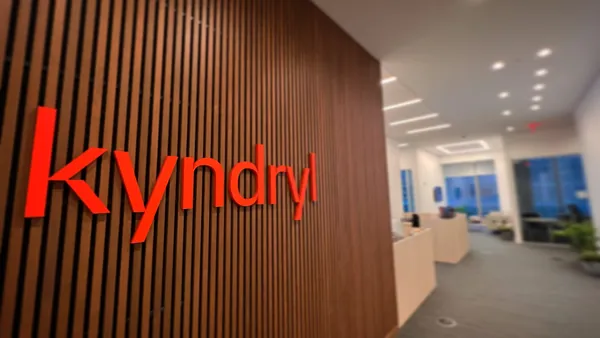Dive Brief:
-
Google announced Wednesday it plans to offer its cloud customers the choice between using its own fiber network or a lower-cost network service routed over the public internet, according to TechCrunch.
-
The public internet option — or "standard tier" — should offer performance comparable to what customers would experience with other cloud providers, but at a cost 24% to 33% less, according to Google.
-
The standard tier option comes with a lower price tag because costs are only based on the source of traffic. In the premium option, costs are based on the source and destination of the traffic, so customers must pay for the distance of their traffic across Google's fiber network.
Dive Insight:
Google, Amazon Web Services and Microsoft Azure all operate fiber networks outside of the public internet. Google's move makes it the first to offer customers the option to downgrade to the public internet.
But is it better to keep using Google’s own super-fast network or save money using public transit networks? For some companies with applications that are not time sensitive or mission critical, slower access times may make sense, especially if it means saving money.
The standard tier does not come without tradeoffs. While the premium tier is protected from disruptions by redundancy and features Global Load Balancing, the standard tier provides neither of those perks.
For Google, the new offering may appeal to companies that have balked at moving to the cloud because of cost concerns.














